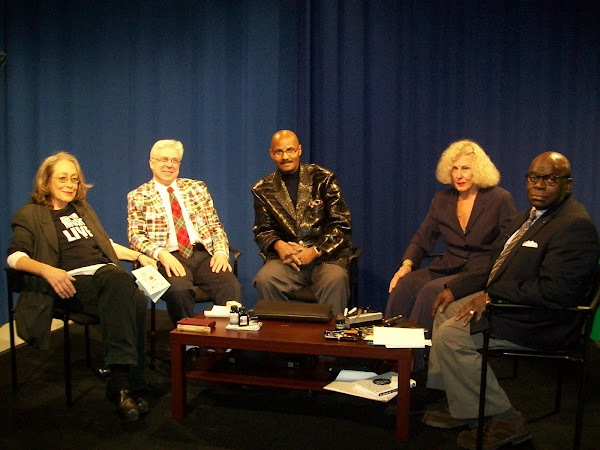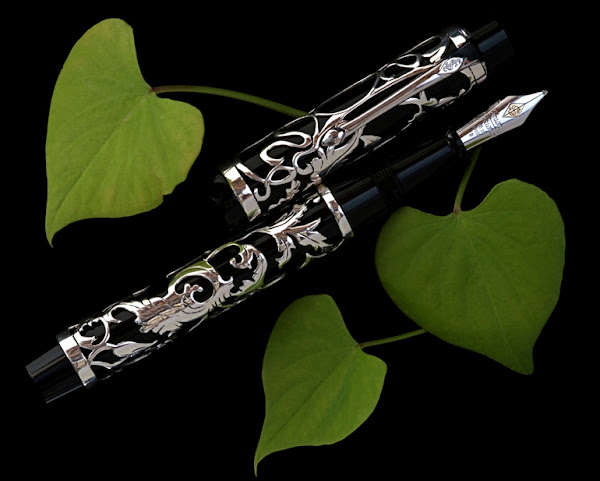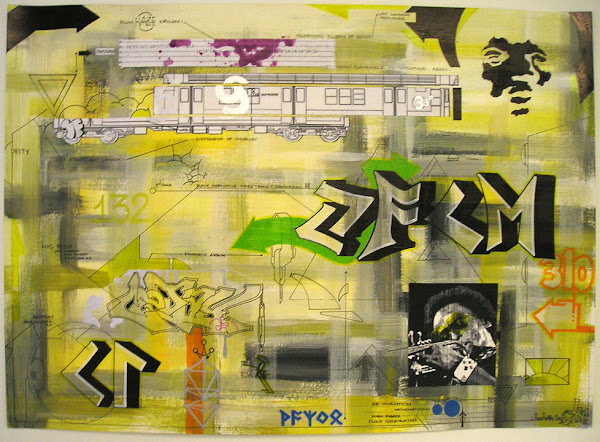 The concept of werewolves may have had its origins in primitive societies. Men would gather in the men's house or lodge to discuss the issues facing the tribe, usually with the wise counsel of an elder or elders. These lodges would also serve as the gathering place for the men as they prepared to go hunting for food. Often they would don the skins of the animal that they were intending to hunt in an efficacious act designed to insure the hunt was a success. The donning of wolf or bear skins was usually accompanied by a ceremony or ritual designed to propitiate the gods. By wearing the skins of their intended prey, our primitive ancestors hoped that the object of their hunt would be unable to tell the difference between the hunter and one of their own species.
The concept of werewolves may have had its origins in primitive societies. Men would gather in the men's house or lodge to discuss the issues facing the tribe, usually with the wise counsel of an elder or elders. These lodges would also serve as the gathering place for the men as they prepared to go hunting for food. Often they would don the skins of the animal that they were intending to hunt in an efficacious act designed to insure the hunt was a success. The donning of wolf or bear skins was usually accompanied by a ceremony or ritual designed to propitiate the gods. By wearing the skins of their intended prey, our primitive ancestors hoped that the object of their hunt would be unable to tell the difference between the hunter and one of their own species. These early gatherings of men to perform ritual and conduct business became known, in German, as a mannerbund or male transformational society.
In Ancient Greece the god Apollo was worshipped in the lyceum or "wolf temple." Lycanthropy translates to, roughly, as man-wolf or as we sometimes refer to it: werewolf. The full designation of the god Apollo is Apollo Lycaeus who was worshipped in the lyceum where Socrates was said to have taught.
We find further evidence of wolf homage in the legend of the founding of Rome by the twins Romulus and Remus who were suckled from birth by a she-wolf. 

I hear too that in India there exists a group known as the Arya Haoma Varka, a society devoted to the worship of wolves which, as we shall see later, is also devoted to goddess worship. I've searched high and low for information about the Arya Haoma Varka but there is scant information available.
Irish tribes acknowledge that their spiritual fathers were wolves, and they often wore the teeth of wolves as healing amulets. Further south in Italy we find the myth that a man who slept outdoors on Friday could or would be bitten by a wolf and then himself turn into one. In France and Haiti he is known as Loup-garou. In France there is the legend of the Beast of Gevaudan whose retelling can be found in the movie Les Pacte Des Loupes (Brotherhood of the Wolf http://www.imdb.com/title/tt0237534/)
Irish tribes acknowledge that their spiritual fathers were wolves, and they often wore the teeth of wolves as healing amulets. Further south in Italy we find the myth that a man who slept outdoors on Friday could or would be bitten by a wolf and then himself turn into one. In France and Haiti he is known as Loup-garou. In France there is the legend of the Beast of Gevaudan whose retelling can be found in the movie Les Pacte Des Loupes (Brotherhood of the Wolf http://www.imdb.com/title/tt0237534/)
Perhaps as a young man you were a member of the Cub Scouts. Were you a member of the Wolf Pack? Which Den did you belong to? While Boy Scouts are organized into troops, Cub Scouts are are organized into dens. Wolfish indeed!
In fairy tale lore we find that there may be more to the Little Red Riding Hood story than what meets the eye. I've been told that this particular fairy tale had its origin in a mannerbund.
A key element in the the wolf legend is the moon. Men turn into werewolves 'neath the cover of the full moon. "Even the man who says his prayers at night can become a wolf when the wolfbane blooms and the moon is full and bright." We know that a woman's menstrual cycle follows closely the phases of the moon, which cycles through its phases every twenty eight days. Hence the color red in Little Red Riding Hood takes on a slightly different significance much like the beloved Maypole. Here we have a veiled story of a young woman's entry into adulthood. The wolf is the male who will try to steal Red Riding Hood's innocence.
The introduction of the moon into the myth of the werewolf suggests the presence of the Goddess. Lycanthropic mannerbunds could often be identified by the symbol of a crescent moon and a star. In these groups there was a definite acknowledgement of the feminine principle of creation coupled with Goddess worship. (One historian informed me that prior to the arrival of Muhammad, many tribes of Arab descent were devoted to Goddess worship, hence the preponderance of star and crescent symbolism on the flags of many Islamic nations. The same historian also informed me that the sickle and stars motif on the old Soviet (U.S.S.R.) flag is but a variation on the same theme, Russia having been the home of Goddess worshiping male transformational societies.
The Goddess most often associated with these societies is known by different names: Anahid, Anahita, Venus, Ishtar and Astarte the essential component of the principle of creation: the Yoni and the Ying.
If Freemasonry is a male transformational society then it is interesting to note that a French version of that society presented the American version of the same society a gift that is symbolic of their bond as Brothers: The Statue of Liberty.
"I saw a werewolf with a Chinese menu in his hand
Walking through the streets of Soho in the rain,
He was looking for a place called Lee Ho Fook's
Going to get himself a big dish of beef chow mein,
Ahooo, Werewolves of London - Draw blood !"
























.jpg)



No comments:
Post a Comment